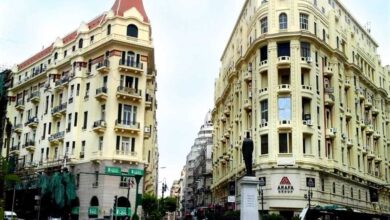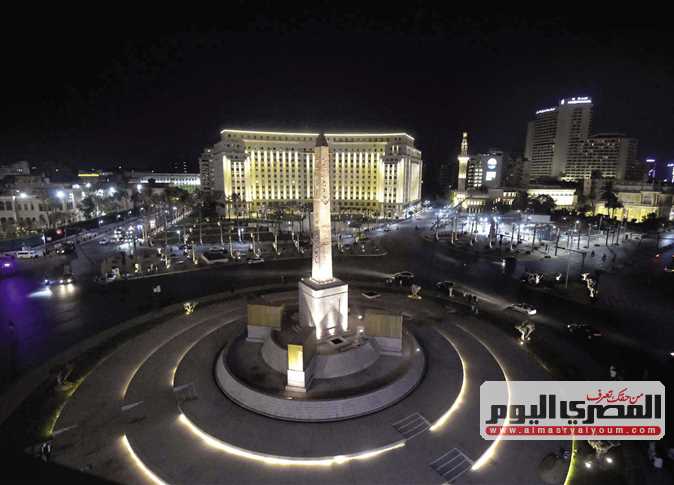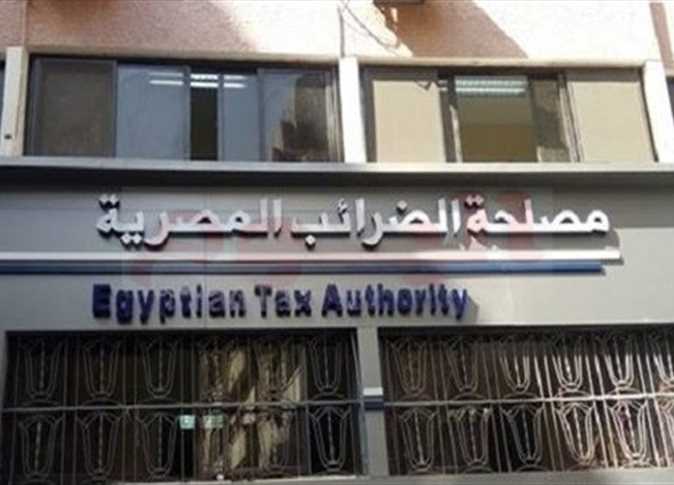Cairo has arguably grown to become one of the ugliest urban metropolises in the world. Construction gone unchecked in the absence of planning and regulations, and the lack of enforcement of the semblance of regulations that existed, are among the major culprits in what shaped the city we live in today, and to which I wish I could add, “and which we still love.” The few who can afford it, have fled to the many lush gated compounds on the outskirts of Cairo along the motor beltway. However, for the vast majority who still live in the cacophonous metropolis, the city is in dire need of a plan for the future. While there have been commendable efforts to revitalize parts of the old city like el-Darb el-Ahmar, thanks in no small part to the efforts of many who care, as well as support by organizations like the Aga Khan Trust for Culture, there is still no overall vision for the city that includes between 15 and 20 million people. Cairo is the most populated capital in Africa and the Arab World and it deserves better.
Regretfully, many Cairenes have come into this world only knowing the city as we know it today. One can obviously bemoan the demise of the belle époque of Cairo at the beginning of the 20th century–once a flourishing and beautiful city on the banks of the Nile, in the best tradition of any of its European counterparts. Planned on the ideas of Haussmann’s Paris during the reign of Khedive Ismail, with boulevards and parks, the city also developed its own unique architectural style not found anywhere else in the world-a mélange of art deco with Pharaonic and Islamic motifs. One is hard pressed now to see any of this past glory. So, now what?
Alas, an action plan is needed urgently.
The government needs to demonstrate leadership, by stepping up to the plate, and taking ownership of the mess at hand. This is about national pride, and indeed our heritage. Once gone, it is irreplaceable. We need to develop a vision for the city–say, Cairo 2030, as we have to start somewhere. Cairo 2030 must be a bold overall strategic and cohesive vision for the city, within the motor beltway and not just the Downtown, addressing issues of planning, growth, transportation, urban development regulations, services infrastructure, but above all education and awareness campaigns. Cairo is expected to be a metropolis of close to 30 million by 2030.
Downtown Cairo would be part of this overall strategy. One effort currently underway under the direction of Prime Minister Ahmed Nazif with the General Organization for Physical Planning (GOPP) is to engage the design services of leading international planning firms to develop ideas for the revitalization of Khedival Cairo. While the effort is commendable in its intent, if not part of an overall strategy for the city, it runs the risk of being a singular project, and therefore will merely address the issues in Downtown while, for example, displacing the traffic problems. We cannot afford piecemeal solutions anymore.
For Downtown, some of the measures that need to be taken to improve the quality of life include: limit vehicular circulation in and out of the Central Business District (CBD) (West el-Balad), designate pedestrian only zones, impose a toll on all private cars entering the CBD (not unlike London or Singapore), build public parking structures at key entry points into the city (one such structure is already being completed underground in Tahrir Square), and identify locations for the development of projects so they do not grow in a random case by case process with approval based on ministerial decrees.
Also, create guidelines for the beautification of the city, and for the restoration of our architectural heritage and urban landmarks such as parks and public squares. Guidelines are being developed by the National Organization for Urban Harmony. These guidelines must address many issues such as public space, sidewalks, and the use of buildings, and yet must remain flexible enough to allow for creative designs by architects. The Gherkin building in London, and Centre Pompidou in Paris, are but two examples of modern architecture that can harmoniously exist in the middle of an old city fabric.
I think we should rename this agency the Urban Heritage Protection Agency–to call it what it is, not unlike the Landmarks Preservation Commission created in New York City in 1965 after the sad demolition of the distinguished Pennsylvania Station in 1963. Let’s not wait for another disaster before we act. Losing the Opera House downtown was enough–and to add insult to injury, it was replaced with a commercial monstrosity that remains standing in what was one of the most important squares in the city. UHPA should not be part of a historical or nostalgic effort to merely restore every detail of the Downtown, but more of a progressive and comprehensive effort to protect, restore, revitalize and reposition/re-purpose its real estate legacy. The city is an organism that must continue to evolve, indeed adapt to all global market forces, and yet remain viable. Its ‘visual memory’ is a reminder of our culture, and where we came from, the legacy of our ancestors.
To be sure, this will not be a walk in the park, the task is a complex one given the density of the population, and the fact that the city is inhabited and not a tabula rasa like many of the cities in the Gulf, like Dubai or Doha.An important step is the creation of a semi-governmental corporate body, the Urban Development Corporation (UDC). This corporation will be responsible for facilitating the redevelopment of existing buildings, and for mediating between investors, the city agencies and municipalities, in order to develop projects as part of the Cairo 2030 plan. By creating the right environment for development and restoration, the government creates the right opportunities for investment.
A critical ingredient for the UDC is that it be empowered as the sole conduit for coordinating the various efforts of the agencies in order to ensure a cohesive approach to the implementation of Cairo 2030. Above all, it must be a financially viable approach to development
The government is not an investor or developer, but it can act as a catalyst by setting the stage for sustainable developments by the private sector. The government will not be required to fund anything. With well over 15 million people in Cairo, possibly reaching 30 million by 2030, we would all be better served if the government spends its money tackling more daunting ‘hardware’ infrastructure problems, such as public utilities, roads, innovative public transportation systems, and ‘software’ issues relating to education and health. The private sector, as is the case in most cities such as London, New York, or Tokyo, will do the rest with clear policies in place, proper planning regulations and tax incentives.
The government must demonstrate leadership through vision and enforcement, to show its commitment to the people. Such efforts will go a long way to restore lost credibility by the government, and provide clarity for developers, and architects to shape Cairo 2030.
It is not too late to act, but we must start now, before it is too late.
Opinion




